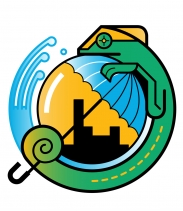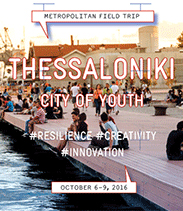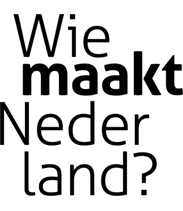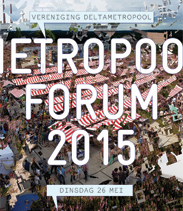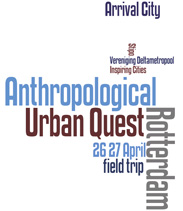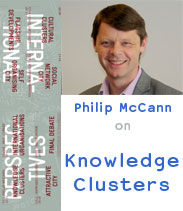Defining the Metropolis researches the influence of global top urban functions on the development of urban agglomerations in the world.

Defining the Metropolis is - alongside Atlas ABC and Interactiemilieus - part of The Metropolitan Functions, one of the research themes of Association Deltametropolis.
More information:
| programma@deltametropool.nl | (David Dooghe, projectmanager)
Downloads:
| Defining the Metropolis - final version |
| Timeline - WebBook 5 |
| Timeline - WebBook 4 |
| Timeline - WebBook 3 |
| Timeline - WebBook 2 |
Related:
| the International Perspectives | (ENG)
Results
Defining the Metropolis researched, via quickscans, the distribution of firstly the top urban functions in the world and secondly the thirty largest (by population) urban agglomerations in the world in 2010 and 2025, valued by the presence of top urban functions.
Compared to the 30 most densely populated urban areas in the world Randstad Holland is small populationwise, but scores well with the presence of top urban functions. Compared to the surround urban areas in Europe, Randstad Holland is among the larger when it comes to population but scores average on the top urban functions. Thus regionally Randstad Holland is the average sibling within a wealthy family.
| Read more... |
Project description
Defining the Metropolis researched the growth of various urban areas based on the | Index of Metropolitan Functions | developed by the Federal Institute for Research on Building, Urban Affairs and Spatial Development. The Index of Metropolitan Functions defines five areas: politics, economy, science, transport and culture.
This is the century of urbanisation! Since the 1900s the worldpopulation has quadrupeled and the percentage of people living within cities has grown from about 13 to more than 50 percent. Are we even still able to use the word 'city' since ‘cities’ are more and more becoming urban areas due to their continuing growth?
That's why, next to the process of urbanisation, attention was also given to new concepts (World City - Patrick Geddes, 1915, Megalopolis - Lewis Mumford, 1938 and Global City, Saskia Sassen, 1991). From these concepts hierarchies of cities follow, based on several patterns of development. Defining the Metropolis examines these concepts, which describe the metropolis.From the hierarchies and patterns of development the urban programme is distilled.
Participation
Participation in this research was possible by downloading the PDF with historical examinations, examining it critically and returning comments, additions and sources.
Expert meeting
On March 22nd, 2011 Association Deltametropolis in cooperation with | INTA | a meeting with various international experts within the framework of the Community of Competences: Defining the Metropolis.
Attendees: Line Algoed (INTA), Lawrence Barth (AA), Eric Corijn (VUB), Stephen Cox (Ecorys), David Dooghe (VDM), Paul Gerretsen (VDM), Michel Hek (Ecorys NL), Hotze Hofstra (APPM), Paul Jeffrey (Ecorys), Martijn Kanters (INTA), Rupert Kawka (BBSR), Jeroen Laven (Stipo), Gerlof Rienstra (Ecorys NL), Michel Sudarkis (INTA).
| Poto-impression expert meeting |
|
|
Project partners:

Knowledge partners:
 |
The New Planning is a collaborative research project between Deltametropolis Association and TU Delft. A consortium of academic, civil society, government and market sectors is being created to meet the urgent need for a new model of strategic spatial planning that will keep the Netherlands at the forefront of territorial governance.

 Archief
Archief









